I highly recommend taking a look at this work as it discusses bead finds in context (grave vs production sites), and also details where they were found in situ in the case of graves. Charts detail the number of finds along with things like color and decoration. To give a snapshot of some of the data in the piece, it notes that 76.1% of beads from non-production sites were glass (10.4% were amber and all other types were significantly less). 59% of beads at non-production sites were undecorated, 22% decorated and 19% of the finds are unknown. The percentage of undecorated vs. decorated is even higher at production sites.
Regarding color, blue undecorated beads are the most common, followed by yellow and green. It is interesting to note that all of the gold/silver foil type beads were found at one site, Kneep (which I discussed last week here ).
The report also has a number of interesting tables, including one that breaks down graves by age and gender. There are also discussions of some of the issues with excavations and also other uses of beads beyond necklaces. There is even a comparison to trends in Scandinavia.
I was hoping to track down some of the finds that had a number of beads in conjunction with oval brooches, but, unfortunately, many of them were excavated well over 100 years ago. I am still hoping to find some of these items located in museums, but I fret that I might just be stuck with some pretty terrible descriptions such as the one below from the 1800s. (Are you kidding me???)
Ballinaby, Scotland
Peel, Isle of Man
Saffron Waldon, Essex
Pierowall, Grave 4
Cumwhitton, Graves 2 & 3
Anderson, Joseph. "Notes on the contents of two Viking Graves in Islay", Proceedings of the Society of Antiquaries of Scotland, Volume 14, 1878 (https://archaeologydataservice.ac.uk/archiveDS/archiveDownload?t=arch-352-1/dissemination/pdf/vol_014/14_051_094.pdf )
Crofton Crocker, T. "Antiquities discovered in Orkney and Ireland, compared", Journal of the British Archaeological Association, Volume 2, 1846.
Hickey, Megan. "Perler fra vikingtiden (Beads of the Viking Age)", 2014. http://etheses.whiterose.ac.uk/8571/
Kershaw, Jane. Viking Identities: Scandinavian Jewelry in England, Oxford University Press, 2013. (https://amzn.to/2FRNteC)
Parsons, Adam, et. al. Shadows in the Sand: Excavation of a Viking-Age Cemetery at Cumwhitton, Oxford Archaeology, 2014.


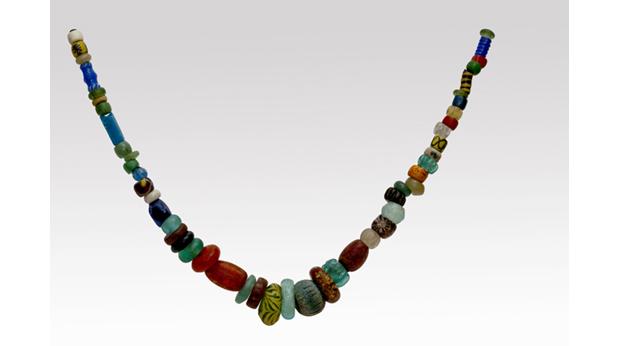
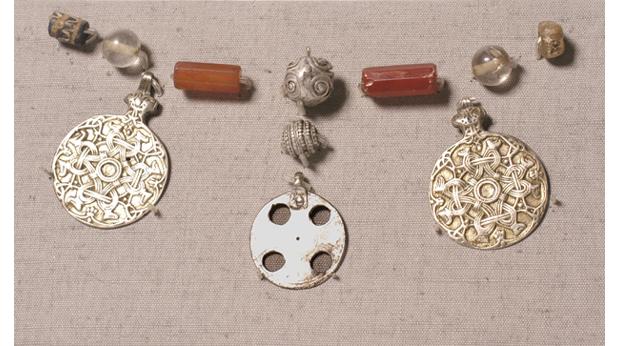
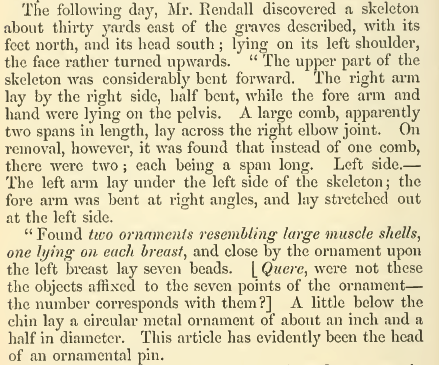
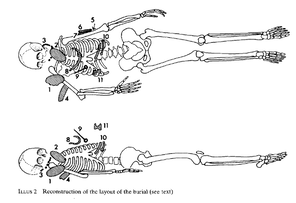


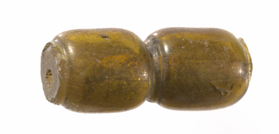

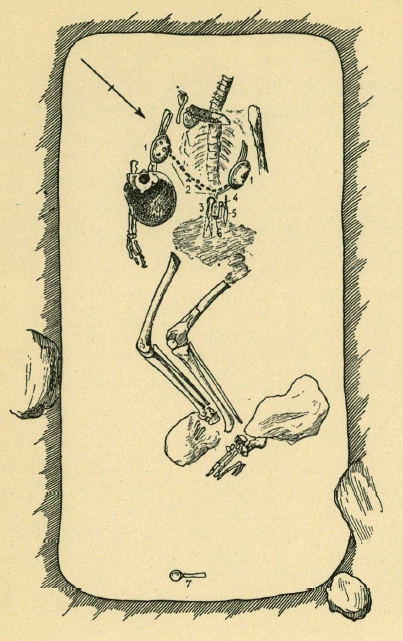

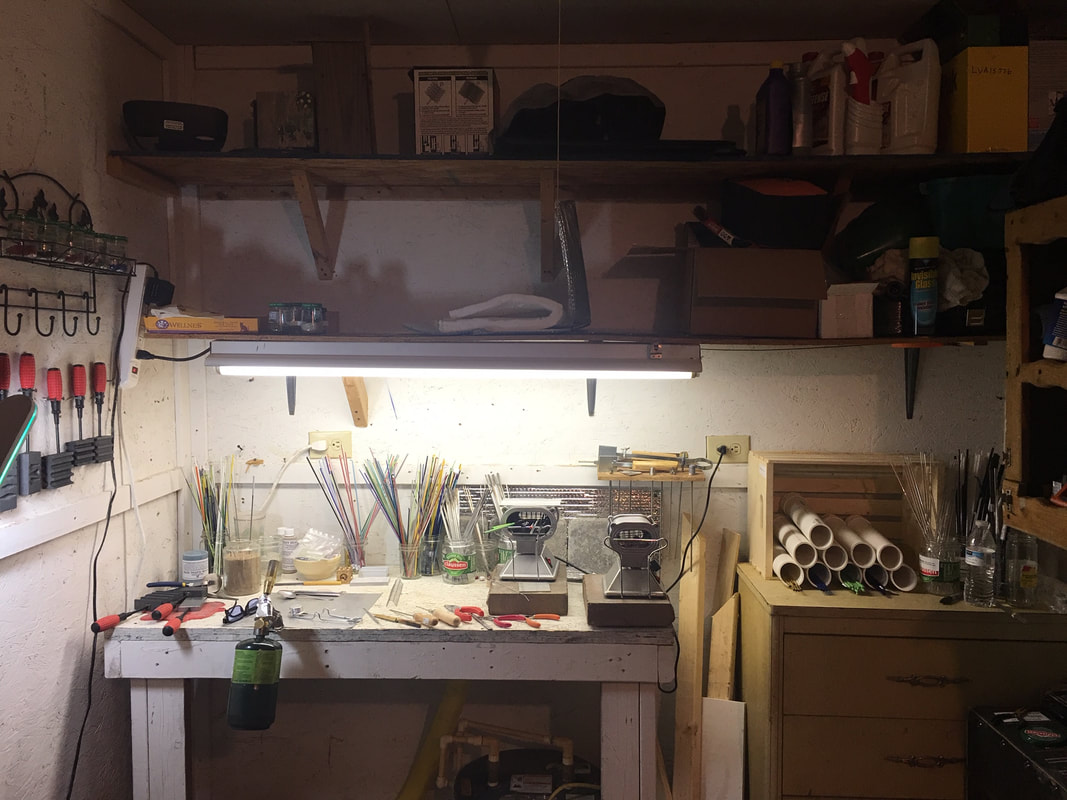
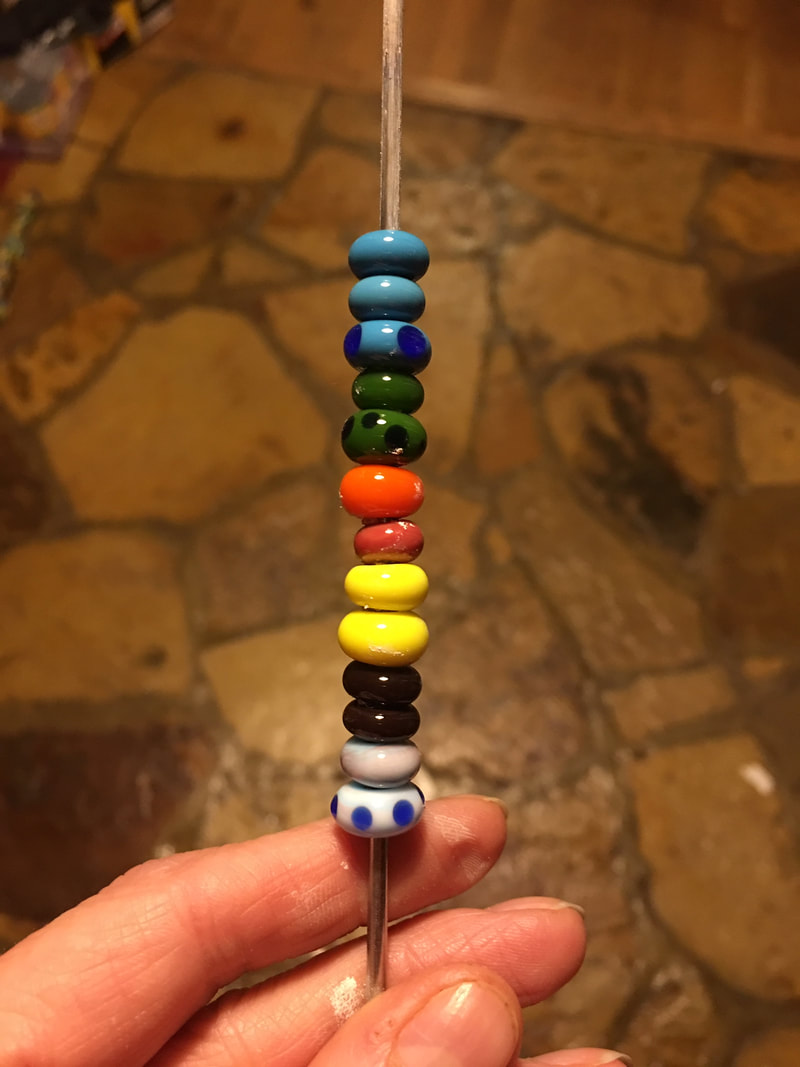
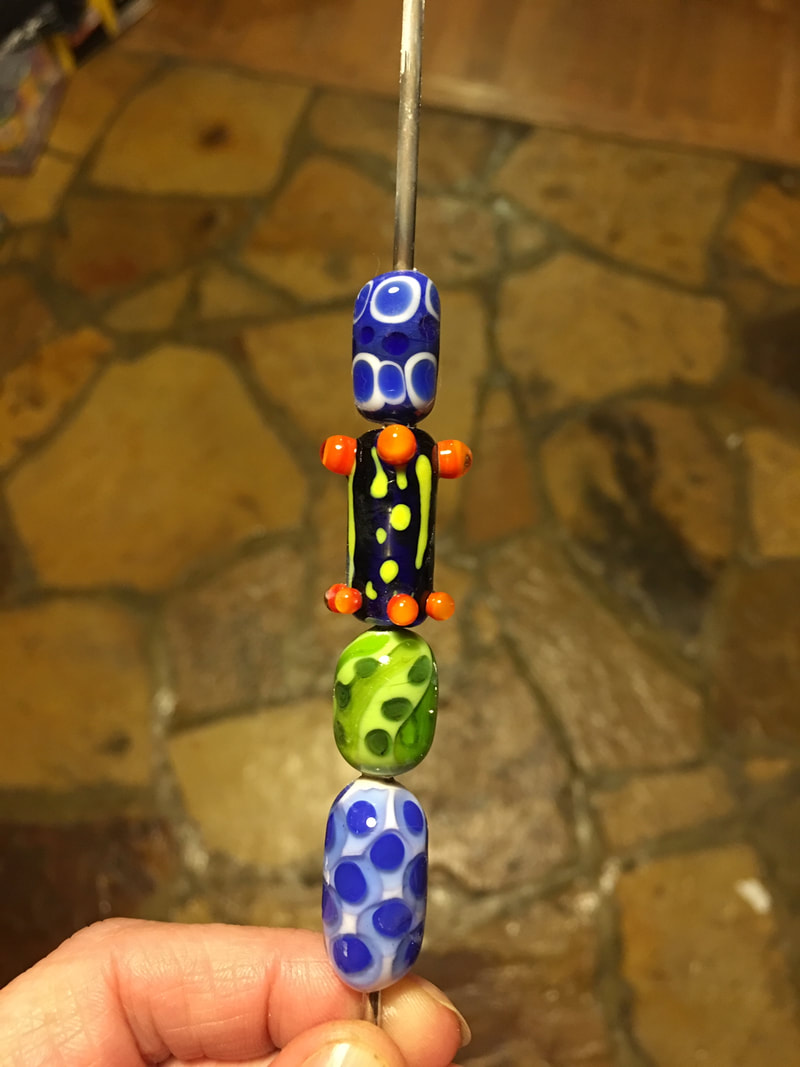
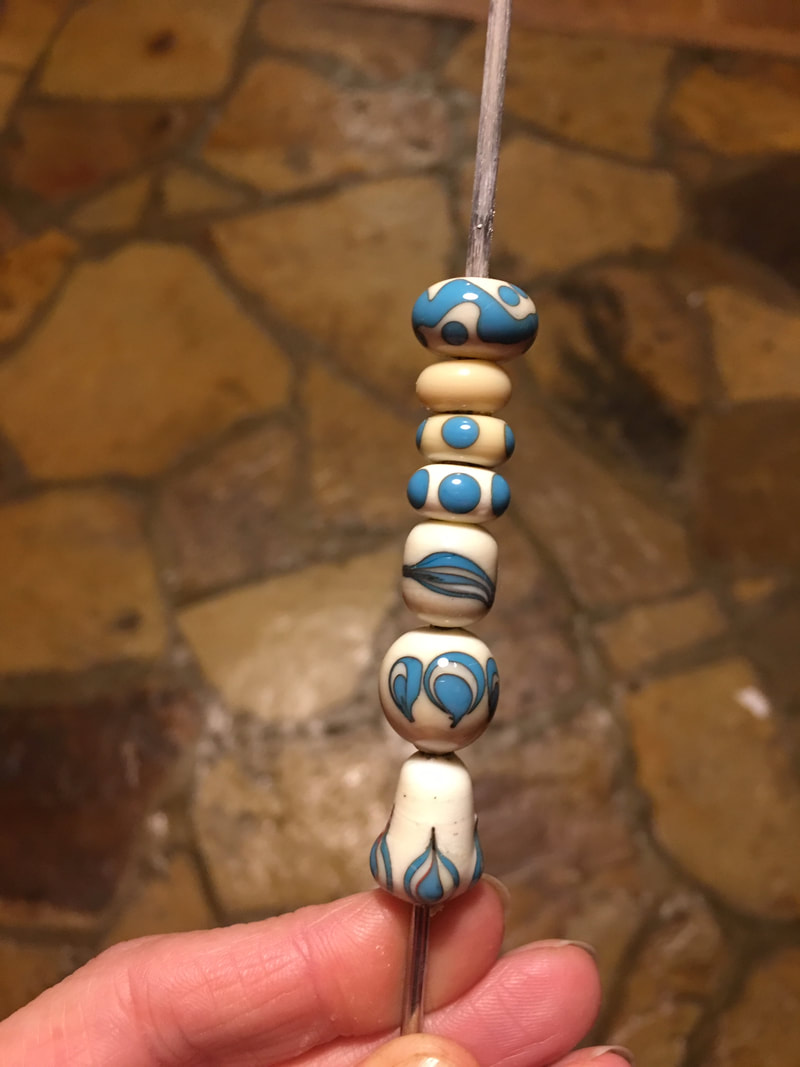
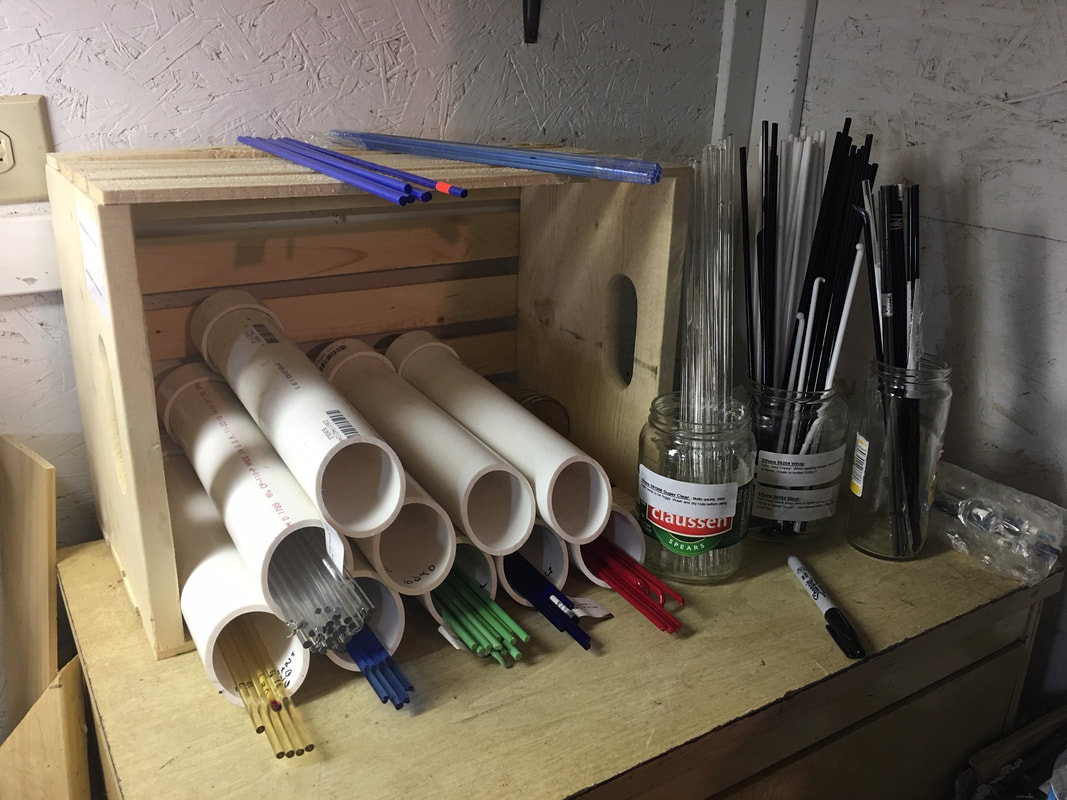
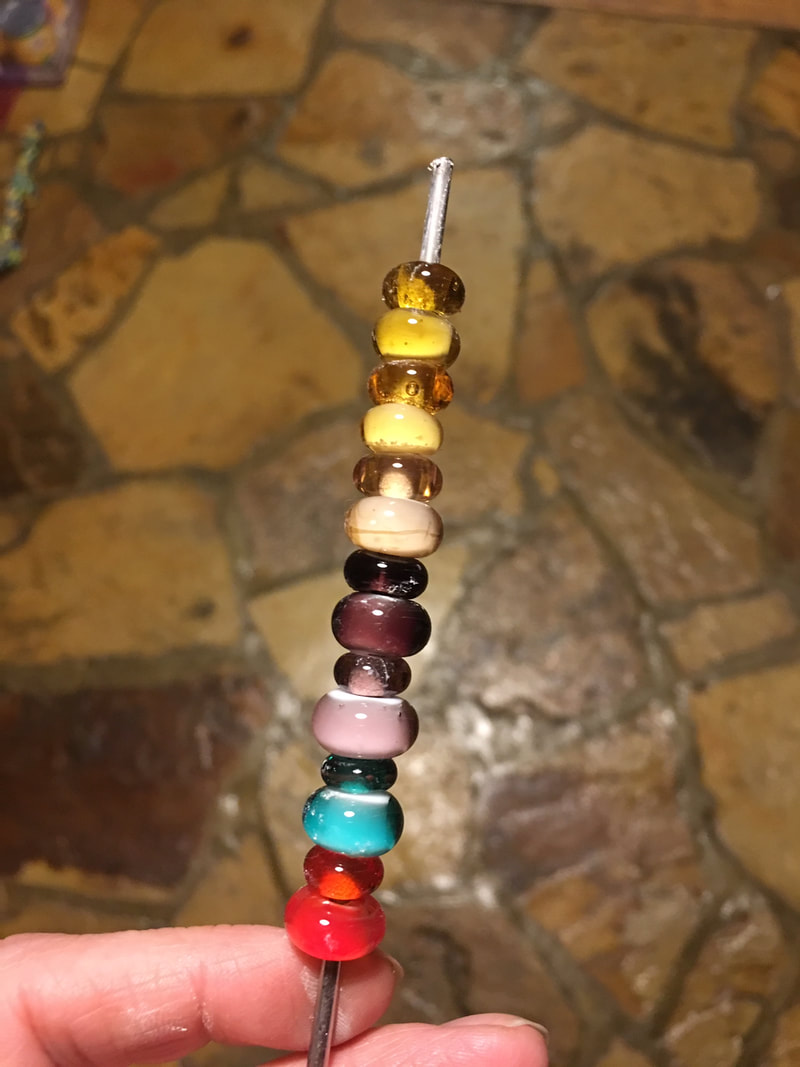
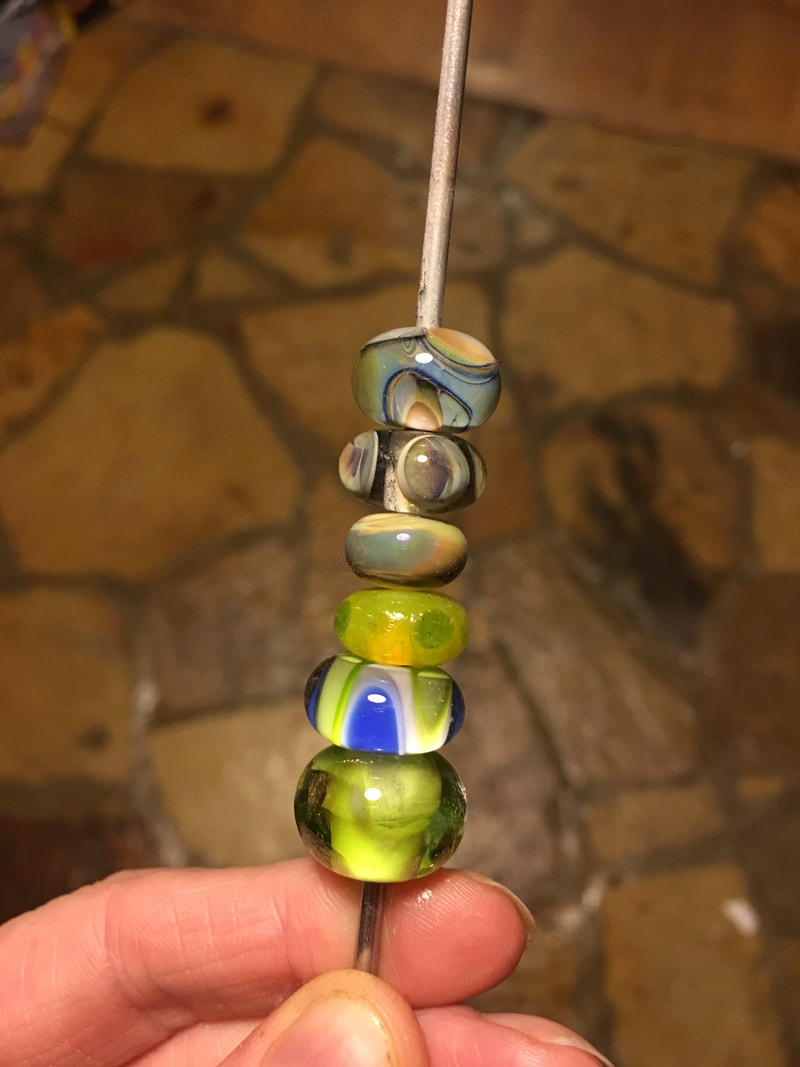
 RSS Feed
RSS Feed